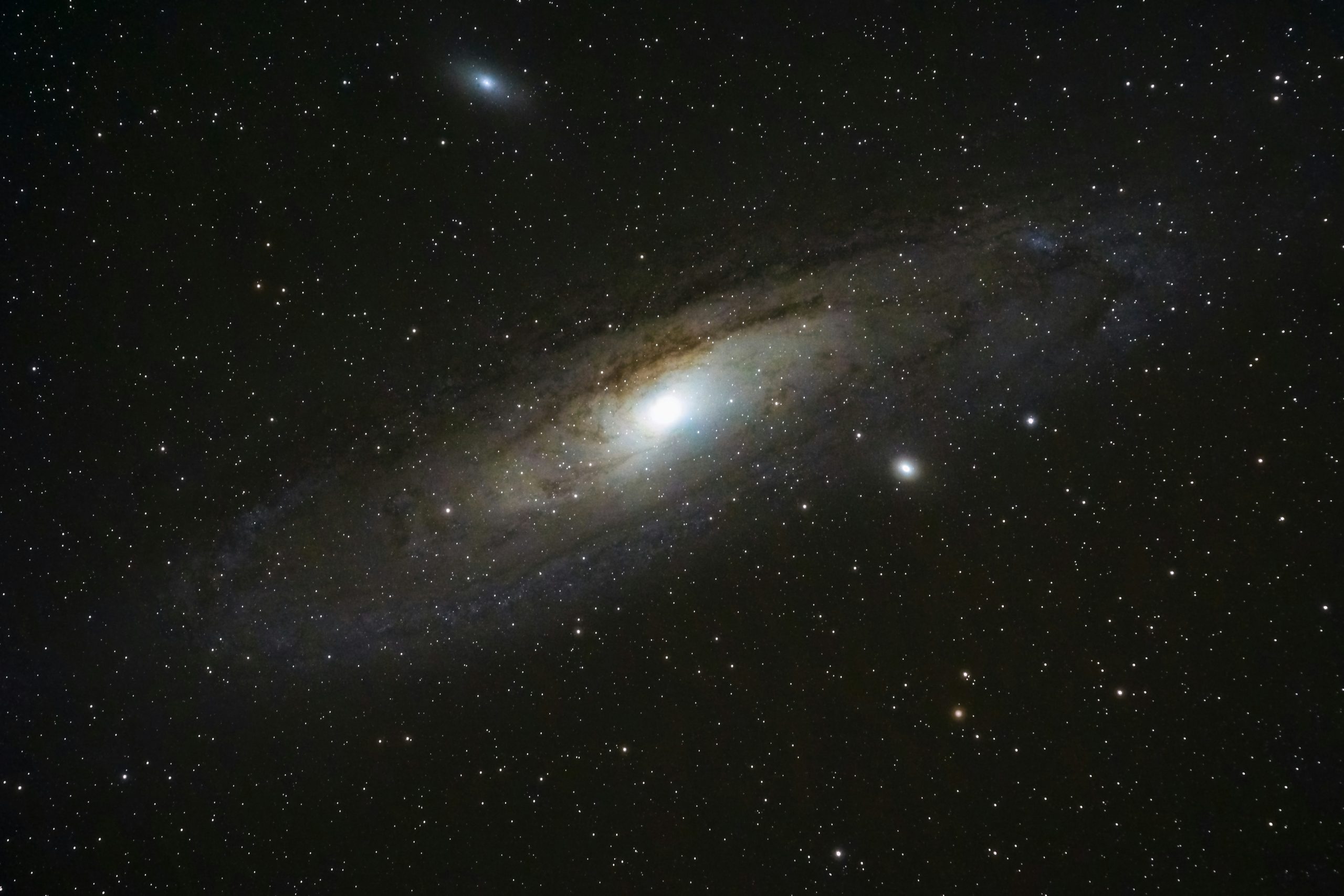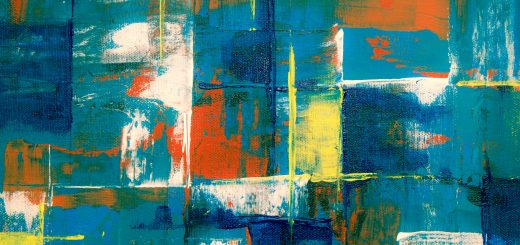Exploring the Afterlife in Ancient Iranian Religions

Before diving in, please note: This post is for informational purposes only. If you’d like to know more about how we approach topics, feel free to check out our friendly Disclaimer Page.
Hey there, amazing readers! 🖐️ Just a quick note: yes, we know there are a lot of ads here. Trust us, we get it—it’s not the prettiest look, but they help us keep this blog alive and kicking. Those pesky little ads cover the costs of all the behind-the-scenes magic, from hosting and tech stuff to creating content we hope you’ll love.
We’re committed to delivering quality posts, and your support (even just sticking around despite the ads) means everything to us. So, bear with us, and thanks for helping us keep the good vibes rolling. Now, on to the fun stuff! 😉
TRANSLATE BUTTON AT THE END OF THE ARTICLE
Introduction to Ancient Iranian Religions
Ancient Iranian religions, such as Zoroastrianism, Mithraism, Manichaeism, and Mazdakism, offer a fascinating insight into the beliefs and practices of the people of the region.
These religions flourished in the ancient Persian Empire and played a significant role in shaping the spiritual landscape of the time.
Each of these faiths had its unique interpretation of the afterlife, reflecting the diverse cultural and philosophical influences present in the region.
Understanding the concepts of the afterlife in these ancient Iranian religions is crucial to appreciating the complexity and richness of their belief systems.
Concept of Afterlife in Zoroastrianism
Zoroastrianism, one of the oldest known monotheistic religions, places a strong emphasis on the concept of the afterlife.
Central to Zoroastrian beliefs is the idea of a dualistic universe, where the forces of good and evil, represented by Ahura Mazda and Angra Mainyu, respectively, are in constant conflict.
In Zoroastrianism, the soul is believed to undergo a judgment upon death, where one’s deeds in life are weighed on a scale.
Those who lived virtuously are welcomed into the paradise of Garodmān, while the wicked are condemned to the realm of darkness and suffering known as Duzakh.
Beliefs about Death in Mithraism
Mithraism, a mystery religion that was popular in the Roman Empire, also had its unique take on the afterlife.
Followers of Mithraism believed in the immortality of the soul and the potential for spiritual ascent after death.
Death was seen as a transition to a higher plane of existence, where the soul could achieve union with the divine.
Rituals and initiations played a crucial role in Mithraic beliefs about the afterlife, helping practitioners navigate the complexities of the spiritual realm.
Role of the Soul in Manichaeism
Manichaeism, a syncretic religion founded by the prophet Mani, offered a complex understanding of the afterlife and the role of the soul.
According to Manichaean beliefs, the soul is a divine entity trapped in the material world, seeking liberation and reunification with the spiritual realm.
Death was seen as a release from the cycle of rebirth and a return to the realm of light.
The Manichaeans practiced asceticism and rituals to purify the soul and prepare it for its journey beyond the physical realm.
Heaven and Hell in Sassanid Religion
The Sassanid Empire, which ruled over Persia from the 3rd to the 7th centuries, had its unique beliefs about the afterlife.
In Sassanid religion, the concept of heaven and hell played a central role in shaping the moral behavior of believers.
Those who led virtuous lives were promised a place in the celestial paradise, where they would enjoy eternal bliss and communion with the divine.
Conversely, the wicked were destined for the fiery torments of hell, where they would suffer for their sins.
Judgement of the Dead in Avestan Tradition
The Avestan tradition, which forms the core of Zoroastrian scripture, provides detailed insights into the judgment of the dead and the fate of the soul in the afterlife.
According to Avestan beliefs, the soul is judged by the divine entities Rashnu and Mithra upon death, with its deeds in life serving as the criteria for its eternal destiny.
The righteous are rewarded with a place in the paradise of the righteous, while the wicked face punishment in the realm of the wicked.
Rituals and prayers were essential in ensuring a favorable judgment in the afterlife.
Reincarnation in Mazdakism
Mazdakism, a heterodox movement that emerged in Persia during the 6th century, introduced the concept of reincarnation into Iranian religious thought.
Followers of Mazdakism believed in the cyclical nature of existence, where the soul undergoes multiple rebirths in different forms until it achieves spiritual enlightenment.
Reincarnation was seen as a means of purifying the soul and progressing towards ultimate liberation from the material world.
Mazdakism emphasized compassion, equality, and social justice as key principles for achieving spiritual growth and breaking free from the cycle of rebirth.
Eschatology in Zurvanism
Zurvanism, a branch of Zoroastrianism that emerged during the late Sassanid period, focused on the concept of time and destiny in the afterlife.
In Zurvanite cosmology, Zurvan, the god of infinite time, was believed to govern the fate of all beings.
Followers of Zurvanism believed in a final judgment and the ultimate reconciliation of all souls in the divine realm.
The eschatological beliefs of Zurvanism emphasized the interconnectedness of all beings and the inevitability of divine justice in the afterlife.
Rituals for the Deceased in Ancient Iranian Cultures
Ancient Iranian cultures placed great importance on rituals for the deceased to ensure a smooth transition into the afterlife.
Funerary rites, such as burial ceremonies, prayers, and offerings to the gods, were performed to honor the departed and assist their souls in reaching the next life.
These rituals varied across different Iranian religions but shared a common goal of providing comfort and support to the deceased in their journey beyond the physical realm.
The careful observance of funeral customs was believed to bring peace to the soul and ensure its well-being in the afterlife.
Influence of Ancient Iranian Religions on Modern Beliefs
The teachings and beliefs of ancient Iranian religions have had a significant impact on modern spiritual thought and religious practices.
Concepts such as the dualistic nature of the universe, the judgment of the soul after death, and the importance of moral conduct in shaping one’s destiny have found echoes in various contemporary religious traditions.
The legacy of Zoroastrianism, in particular, can be seen in the ethical teachings of Christianity, Islam, and other monotheistic faiths.
The rich tapestry of ideas and practices from ancient Iranian religions continues to inspire and influence believers around the world today.
Comparisons with Other Ancient Belief Systems
When comparing the afterlife beliefs of ancient Iranian religions with those of other ancient belief systems, such as Egyptian, Mesopotamian, and Greek religions, striking similarities and differences emerge.
While many ancient cultures shared a belief in some form of an afterlife, the specifics varied widely.
For example, the Egyptian concept of the afterlife focused on the journey of the soul through various trials and tribulations before reaching the paradise of the Field of Reeds.
In contrast, the Iranian religions emphasized the moral judgment of the soul and its ultimate destiny in either a heavenly or hellish realm based on its actions in life.
Controversies and Debates Surrounding Afterlife in Iranian Religions
Despite the rich tapestry of beliefs and practices surrounding the afterlife in ancient Iranian religions, there have been controversies and debates among scholars and practitioners.
Questions about the nature of heaven and hell, the process of judgment, and the fate of the soul after death continue to spark intense discussions and disagreements.
Interpretations of scripture, archaeological findings, and historical accounts often yield conflicting conclusions, leading to ongoing debates about the precise nature of the afterlife in Zoroastrianism, Mithraism, Manichaeism, and other Iranian religious traditions.
The complexities of these belief systems and the ever-evolving nature of scholarly research ensure that the debate surrounding the afterlife in ancient Iranian religions will continue to unfold in intriguing ways.
Conclusion
Exploring the afterlife in ancient Iranian religions offers a profound insight into the spiritual beliefs and practices of the people of the region.
From the dualistic universe of Zoroastrianism to the eschatological teachings of Zurvanism, each ancient Iranian religion presents a unique perspective on the soul, death, and the journey beyond the physical realm.
The rituals, myths, and symbols associated with the afterlife in these traditions reflect the diverse cultural influences and philosophical ideas that shaped the spiritual landscape of ancient Persia.
By delving into the concepts of heaven, hell, judgment, and reincarnation in Iranian religions, we gain a deeper appreciation for the complexities and richness of these ancient belief systems.
As we continue to uncover new insights and interpretations, the afterlife in ancient Iranian religions remains a fascinating subject of study that sheds light on the enduring quest for meaning and enlightenment in the human experience.

The Enlightenment Journey is a remarkable collection of writings authored by a distinguished group of experts in the fields of spirituality, new age, and esoteric knowledge.
This anthology features a diverse assembly of well-experienced authors who bring their profound insights and credible perspectives to the forefront.
Each contributor possesses a wealth of knowledge and wisdom, making them authorities in their respective domains.
Together, they offer readers a transformative journey into the realms of spiritual growth, self-discovery, and esoteric enlightenment.
The Enlightenment Journey is a testament to the collective expertise of these luminaries, providing readers with a rich tapestry of ideas and information to illuminate their spiritual path.
Our Diverse Expertise 🌟
While our primary focus is on spirituality and esotericism, we are equally passionate about exploring a wide range of other topics and niches 🌍📚. Our experienced team is dedicated to delivering high-quality, informative content across various subjects ✨.
To ensure we provide the most accurate and valuable insights, we collaborate with trusted experts in their respective domains 🧑🏫👩🏫. This allows us to offer well-rounded perspectives and knowledge to our readers.
Our blog originally focused on spirituality and metaphysics, but we’ve since expanded to cover a wide range of niches. Don’t worry—we continue to publish a lot of articles on spirituality! Frequently visit our blog to explore our diverse content and stay tuned for more insightful reads.





